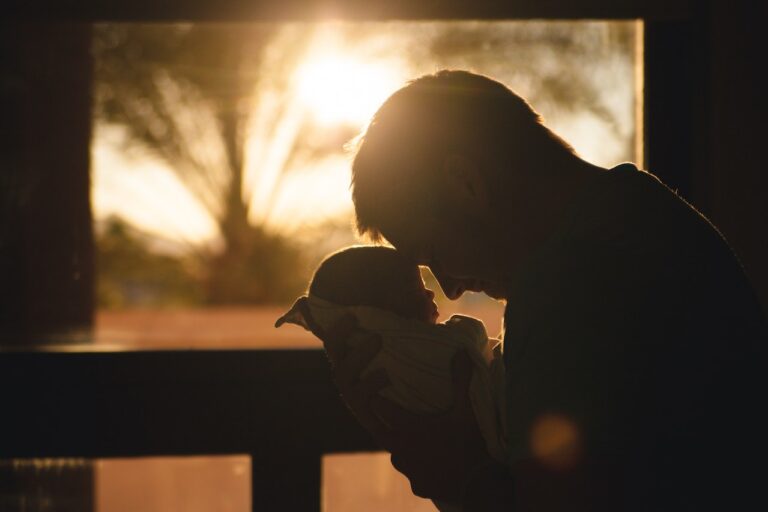Introduction
In today’s fast-paced world, children are faced with a myriad of challenges that can trigger anxiety. As parents and caregivers, it’s crucial to recognize the signs of child anxiety and provide the necessary support. In this blog post, we delve into the topic of child anxiety, drawing insights from the book “Grandpape” authored by Lois A. Lopez. This heartwarming book not only offers a captivating narrative but also provides valuable lessons on dealing with anxiety in children.
Understanding Child Anxiety
Child anxiety is a normal emotional response to unfamiliar or stressful situations. However, when anxiety becomes excessive and starts affecting a child’s daily life, it may be classified as an anxiety disorder. Common anxiety disorders in children include Generalized Anxiety Disorder (GAD), Social Anxiety Disorder, Separation Anxiety Disorder, and Specific Phobias.
Insights from “Grandpape” by Lois A. Lopez
“Grandpape,” penned by acclaimed author Lois A. Lopez, revolves around the journey of a young protagonist grappling with various challenges, including anxiety. The book sensitively explores the emotional turmoil experienced by children when facing uncertainties, making it a valuable resource for both young readers and their caregivers.
Recognizing Signs of Child Anxiety
It’s essential to be attuned to signs of anxiety in children, which can manifest both physically and emotionally. Physical symptoms may include restlessness, fatigue, muscle tension, and sleep disturbances. Emotionally, anxious children may display excessive worry, perfectionism, avoidance behavior, and difficulty concentrating.
Causes of Child Anxiety
Several factors can contribute to child anxiety, including genetics, brain chemistry, environmental stressors, traumatic events, and family dynamics. “Grandpape” sheds light on the intricate interplay of these factors, fostering a better understanding of the roots of childhood anxiety.
Ways to Address Child Anxiety
-
Open Communication: “Grandpape” emphasizes the importance of fostering open communication with children. Encourage them to express their feelings without fear of judgment. This helps create a safe space for them to share their anxieties.
-
Establish Routine: Consistent routines can provide a sense of stability, reducing anxiety triggers. The book illustrates how routine can be a powerful tool in easing a child’s anxiety.
-
Mindfulness and Relaxation Techniques: Teaching children mindfulness and relaxation techniques can empower them to manage anxious thoughts. Deep breathing, meditation, and progressive muscle relaxation are helpful practices.
-
Encourage Healthy Habits: Adequate sleep, a balanced diet, and regular physical activity contribute to overall emotional well-being. “Grandpape” subtly reinforces the significance of these habits.
-
Professional Support: In severe cases of child anxiety, seeking professional help is crucial. Therapists or counselors can employ techniques such as cognitive-behavioral therapy (CBT) to help children cope effectively.
Conclusion
As we navigate the complex terrain of child anxiety, “Grandpape” by Lois A. Lopez stands as a beacon of guidance. Through its relatable narrative, the book provides readers with a deeper understanding of the challenges children face and the strategies that can be employed to address anxiety. By recognizing the signs, understanding the causes, and implementing effective coping mechanisms, we can create a supportive environment that nurtures the emotional well-being of our children.
Discover “Grandpape” by Lois A. Lopez and embark on a journey of empathy, understanding, and growth as you explore the world of child anxiety. Together, we can pave the way for a brighter, anxiety-free future for our children. Visit www.grandpape.com to get your copy today.










